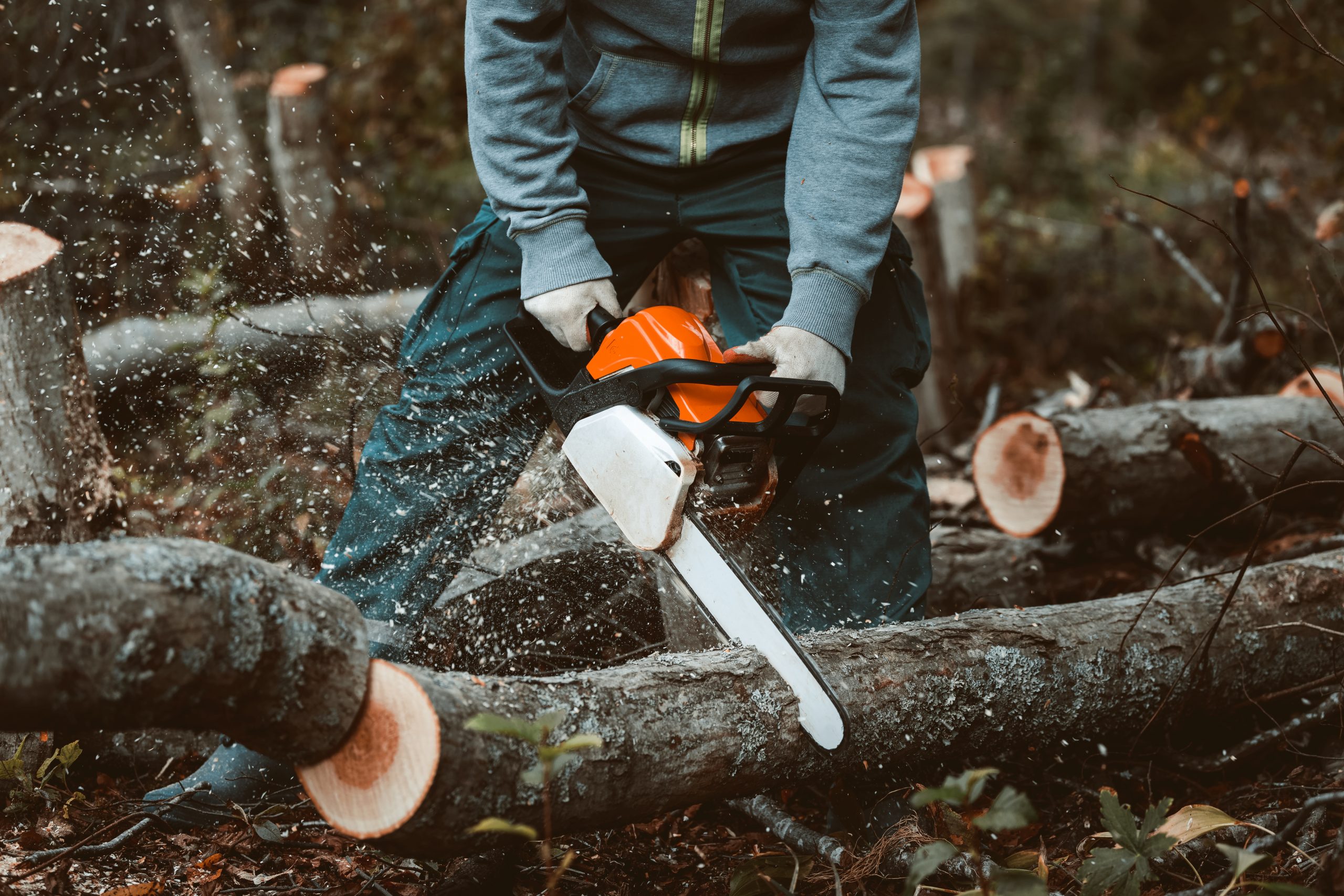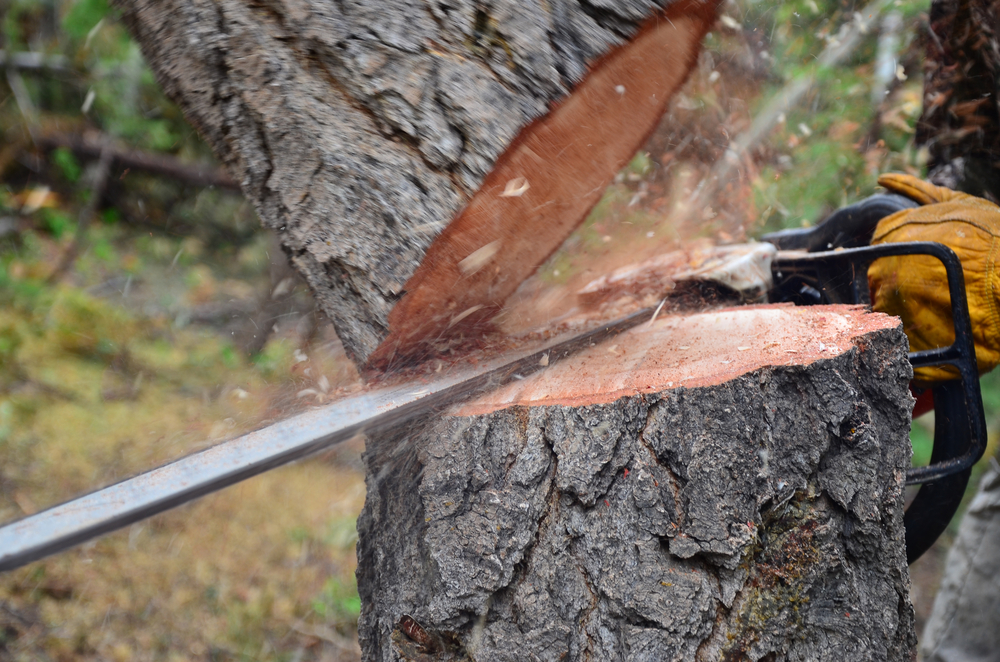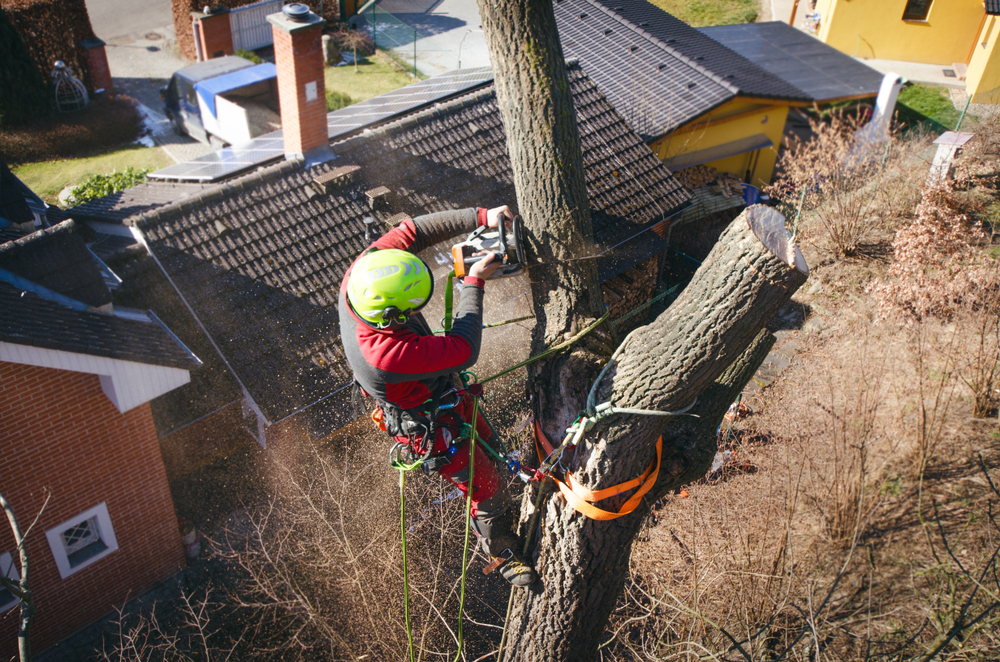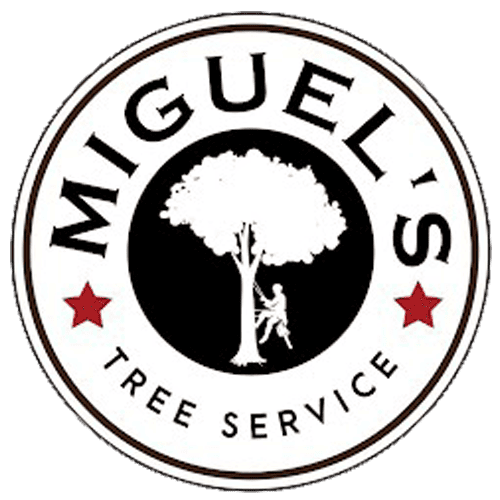Tree Services in Pine Air, NY
Safe Tree Removal and Expert Care
Professional arborists handling dangerous trees, storm damage, and complete property cleanup throughout Pine Air.


Professional Pine Air Tree Company
You get peace of mind knowing that dangerous tree hanging over your roof is gone. No more worrying about the next storm bringing it down on your house.
Your yard looks clean and professional again. The overgrown mess that made your property look neglected is cleared out, and your neighbors notice the difference.
You sleep better knowing a certified arborist assessed everything properly. No guessing about whether that dead branch will hold up through winter, no wondering if you’re risking your family’s safety by waiting another month.
Certified Arborists Pine Air NY
We’ve been handling Pine Air’s toughest tree problems for years. Our team knows which trees thrive in this area and which ones become problems.
Every crew member is trained in proper safety protocols because tree work is dangerous work. You’re not getting weekend warriors with a chainsaw – you’re getting professionals who understand how trees fall, how to protect your property, and how to clean up completely when the job’s done.
We’re fully licensed and insured because that’s not optional in this business. Your property and your investment are protected.

Tree Removal Process Pine Air
First, you get a free estimate. A certified arborist comes out, assesses the situation, and explains exactly what needs to happen. No surprises, no hidden costs.
Next, our crew arrives with proper equipment and safety gear. We section the tree down carefully, protecting your landscaping, driveway, and structures. Every cut is planned.
Finally, complete cleanup. Wood gets hauled away, debris gets cleared, and your property looks better than when we started. You don’t lift a finger or worry about disposal.

Ready to get started?
Complete Tree Cutting Service
You get complete tree removal from ground to cleanup. That includes sectioning down large trees safely, grinding stumps below ground level, and hauling away every piece of debris.
Emergency storm damage gets priority response. When trees come down in Pine Air storms, you need help fast. We respond quickly to clear driveways, remove trees from roofs, and make your property safe again.
Tree health assessments catch problems before they become expensive disasters. Dead branches get removed before they fall. Diseased trees get treated or removed before they spread problems to healthy trees.

